Heavy rain that began on 31 January caused floods in the districts of Pacora, Jayanca, Illimo, Mochumi, Cayalti and Túcume in Lambayeque province of the region of the same name.
Further heavy rain has fallen since then and on 03 February, the La Leche river overflowed flooding areas of Lambayeque, Chiclayo and Ferreñafe provinces.
Indeci reports that 60,435 people have been affected and 24,755 displaced, including 6,000 in Morrope district, 3,735 in Jayanca, 7,510 in Chiclayo and 1,955 in José Leonardo Orti district, where 1 person has died and 15,000 affected.
The flooding has caused severe damage to houses and buildings in the affected areas. Indeci reports that 1,877 houses have collapsed, with 500 of them in Chiclayo district. A further 3,072 houses are considered inhabitable and 12,089 houses affected.
Desborde de río "la leche" a la altura del Distrito de Mórrope - Lambayeque.
Así está nuestra Región.@americatv_peru @noticiAmerica pic.twitter.com/211T9L9IWN
— Samir Reyes (@SamirBravoR) February 5, 2017
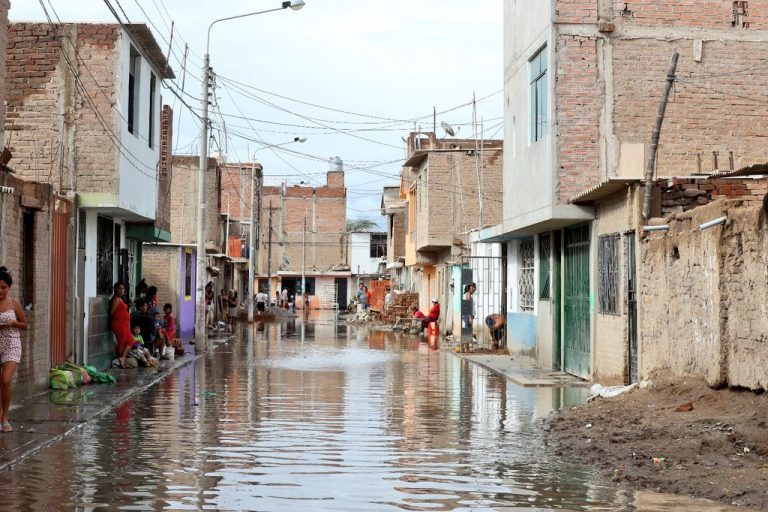
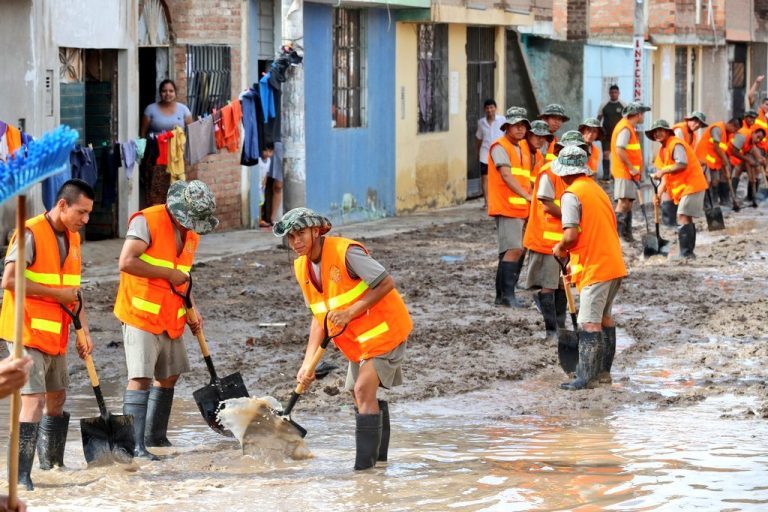
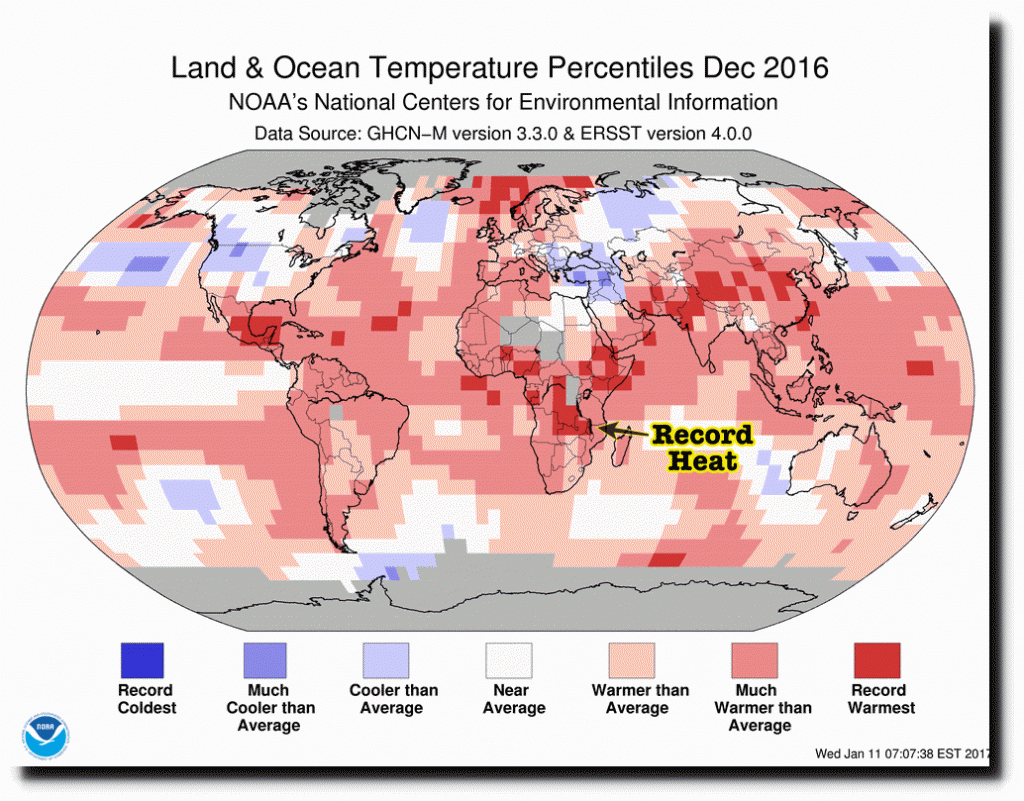


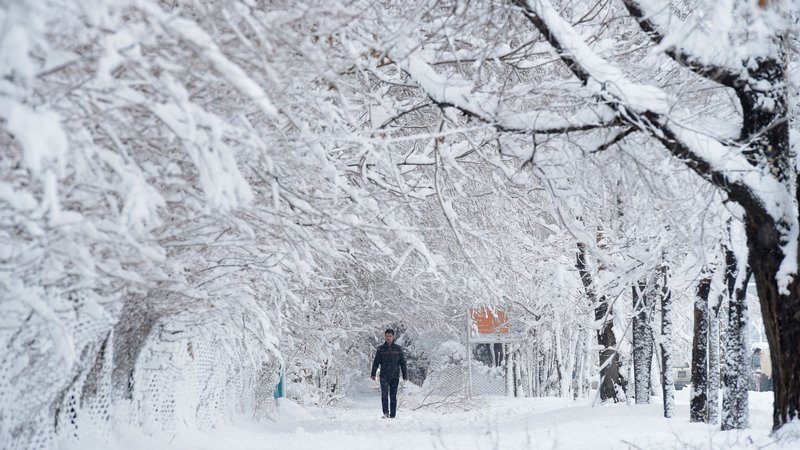


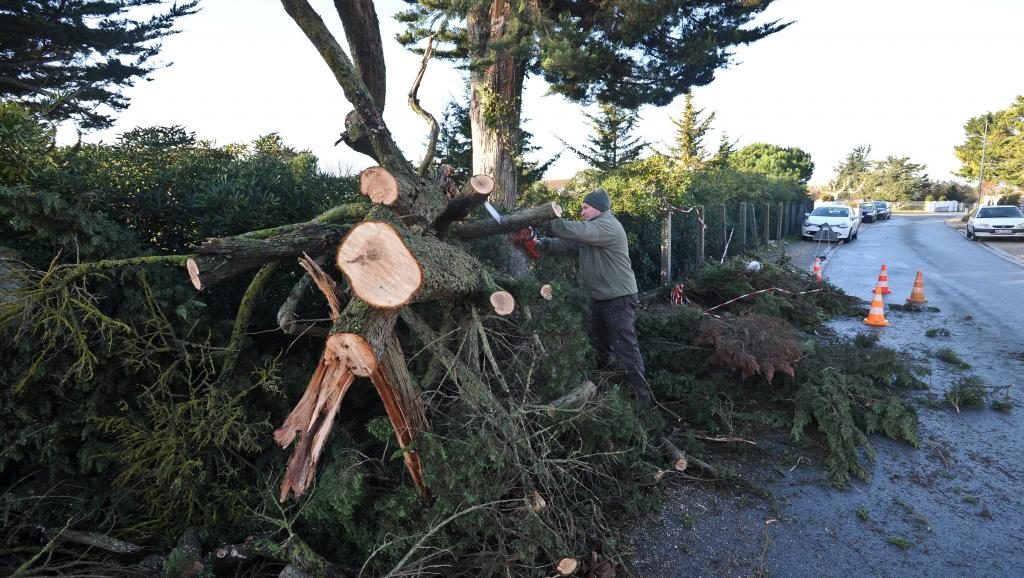

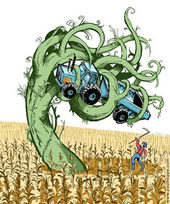



Comment: See also: